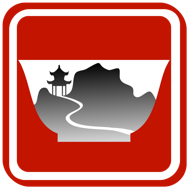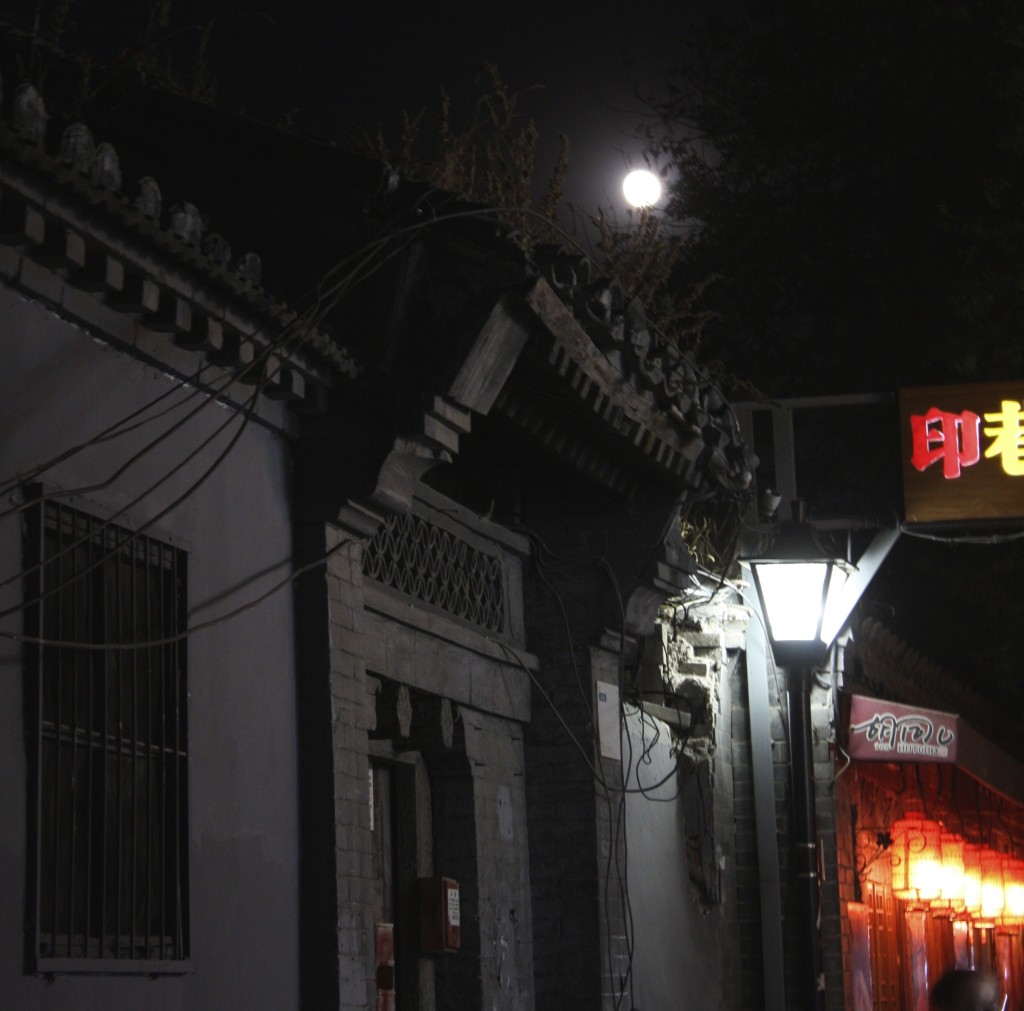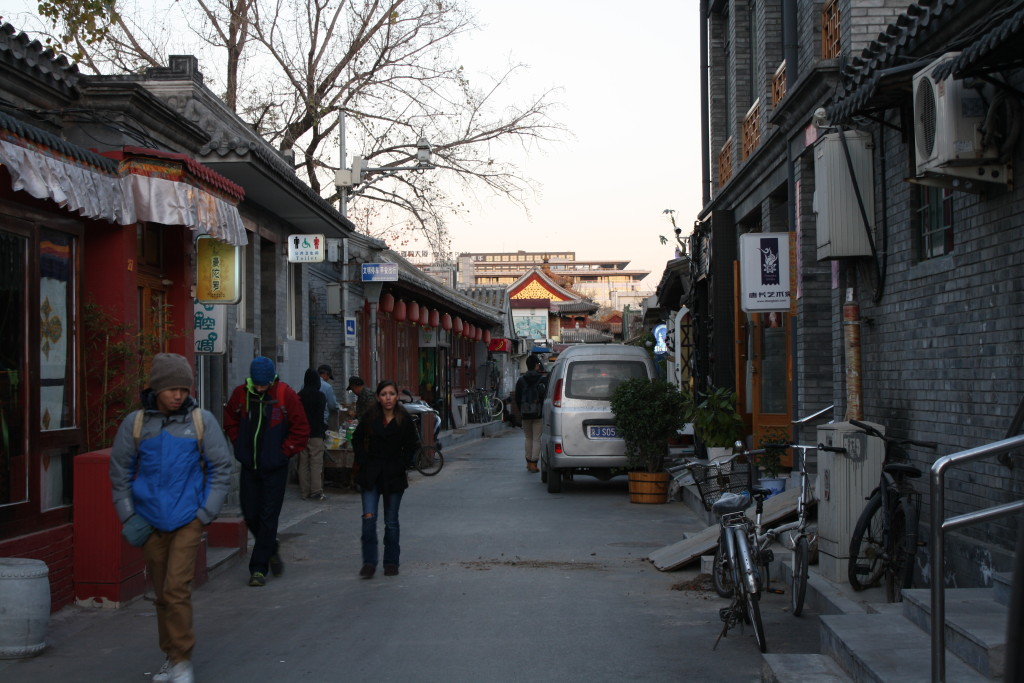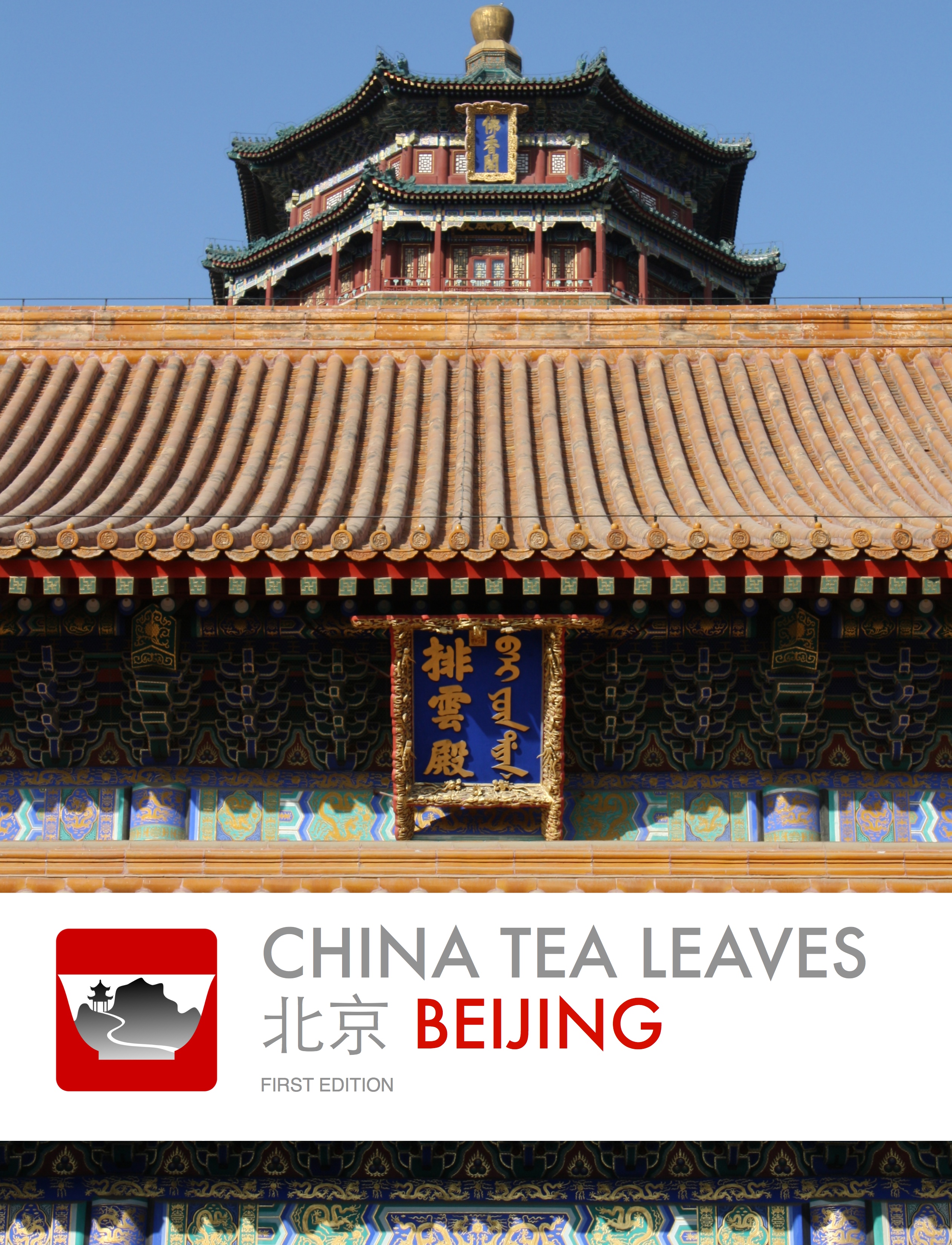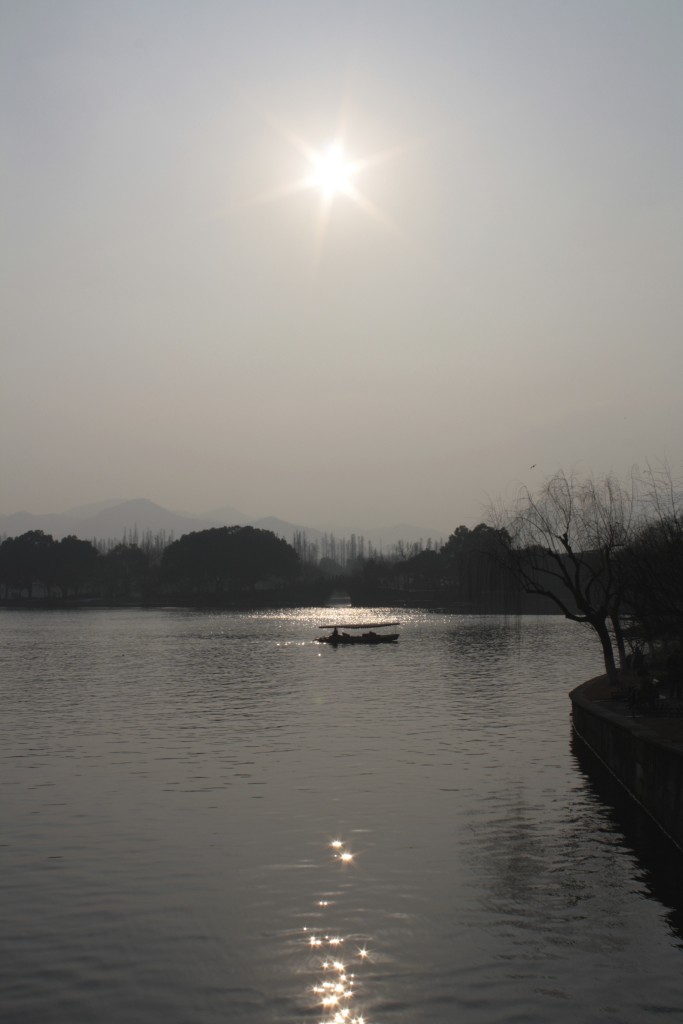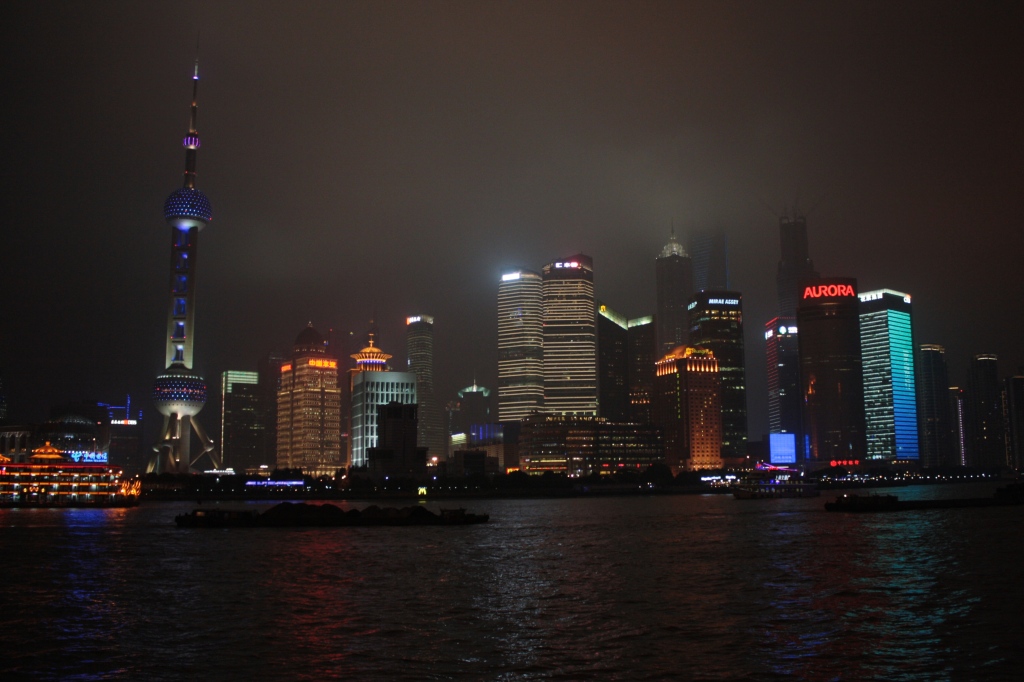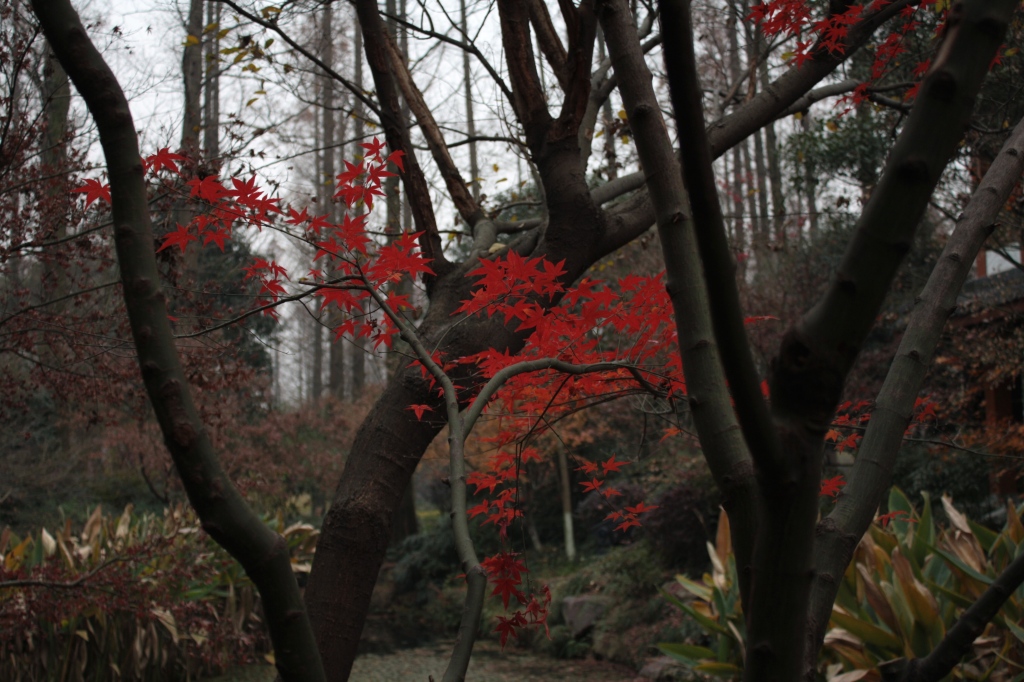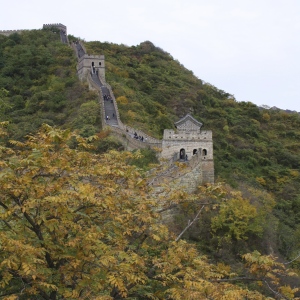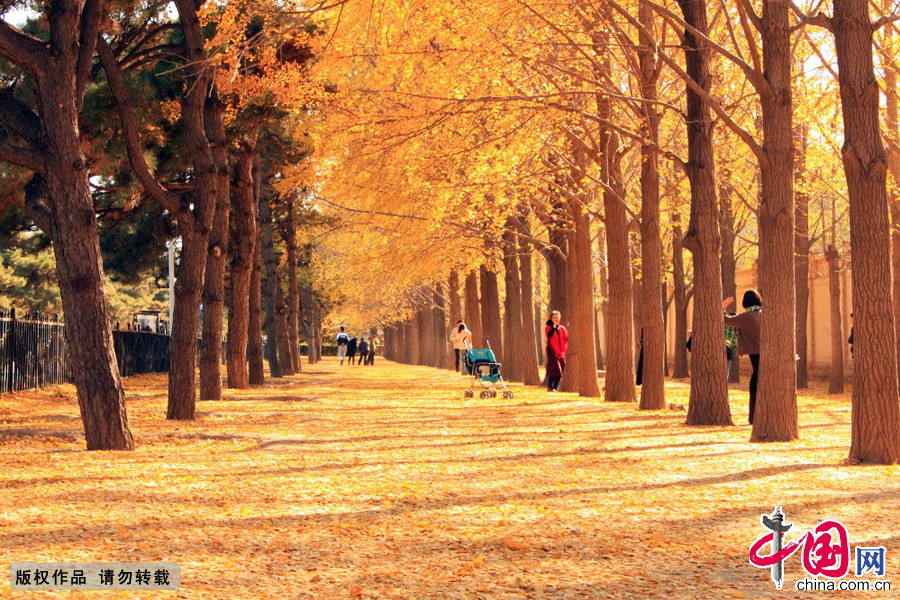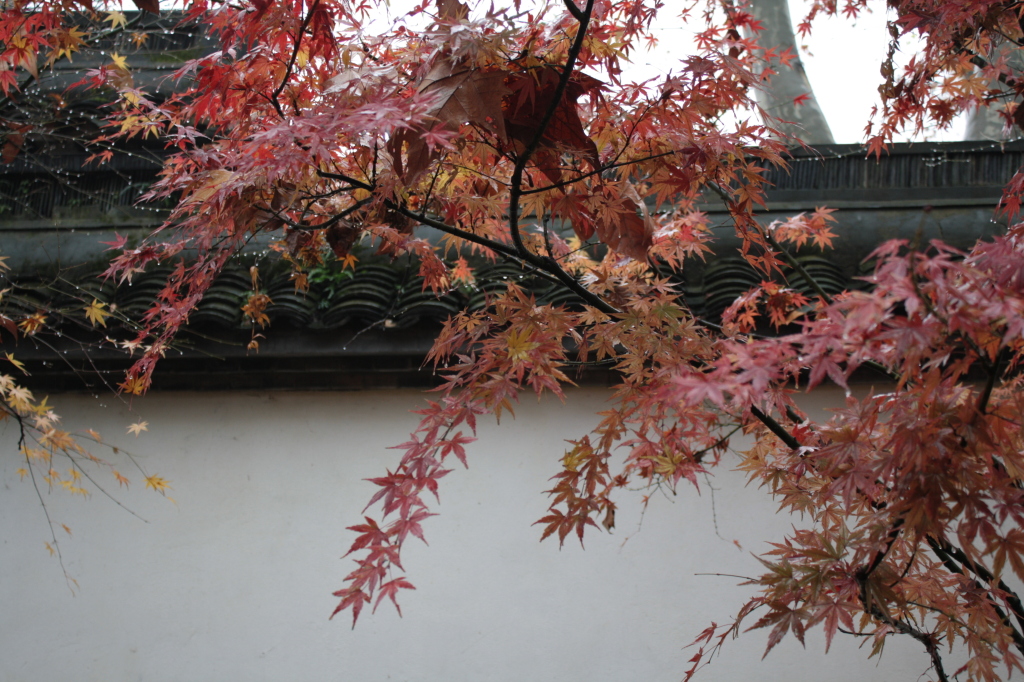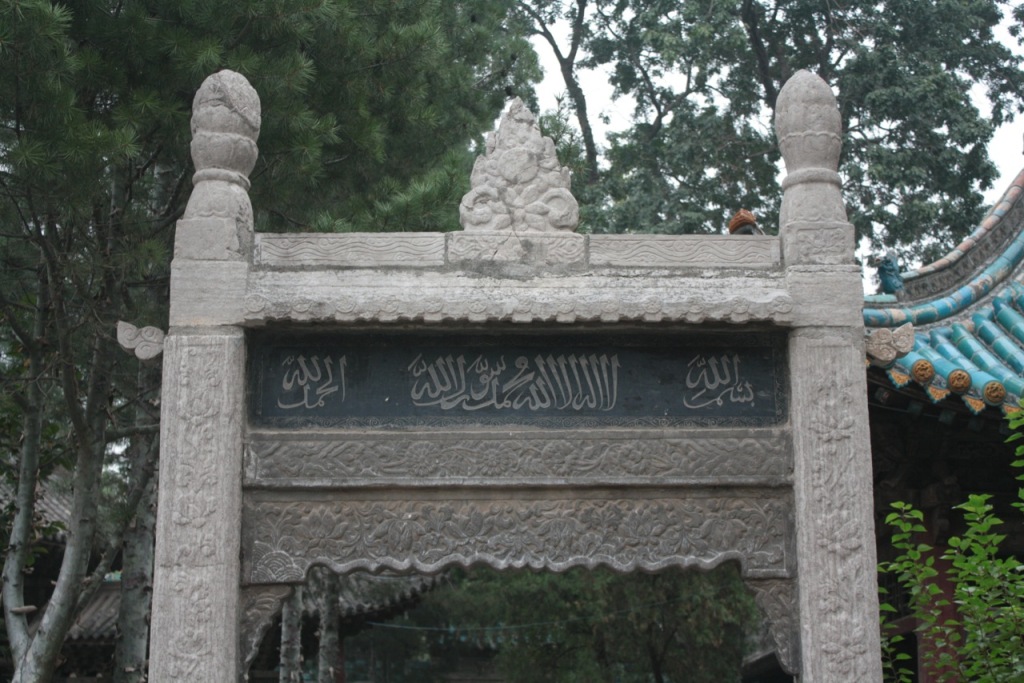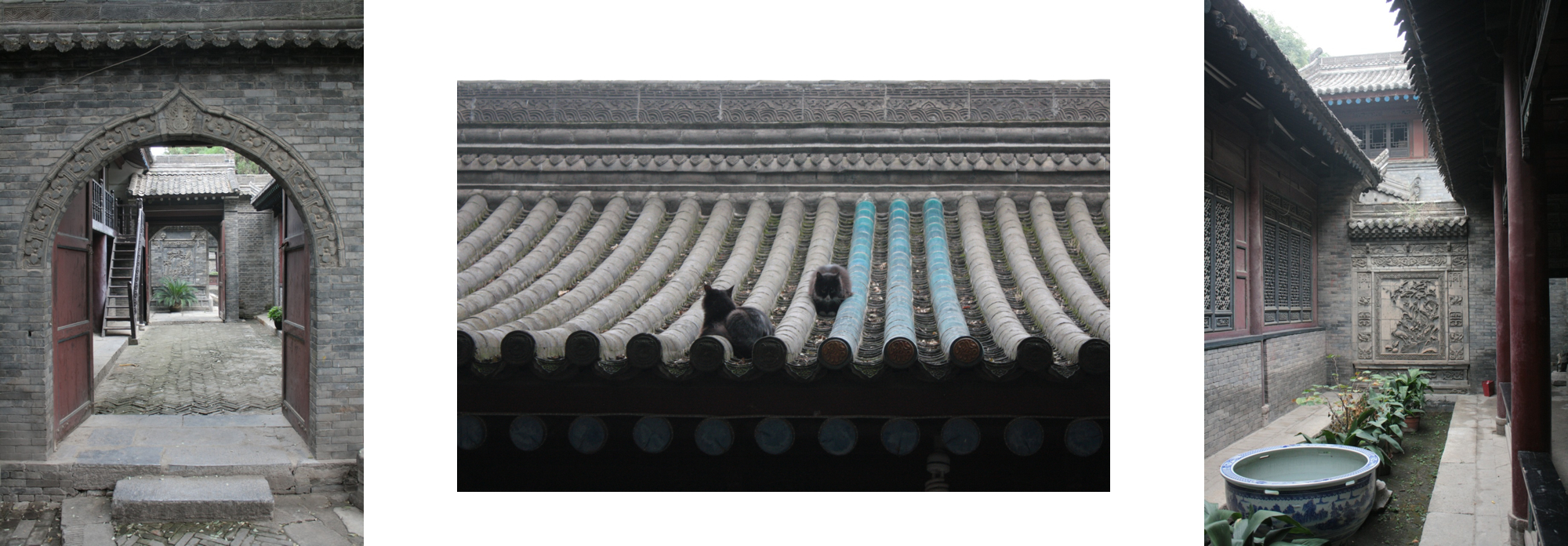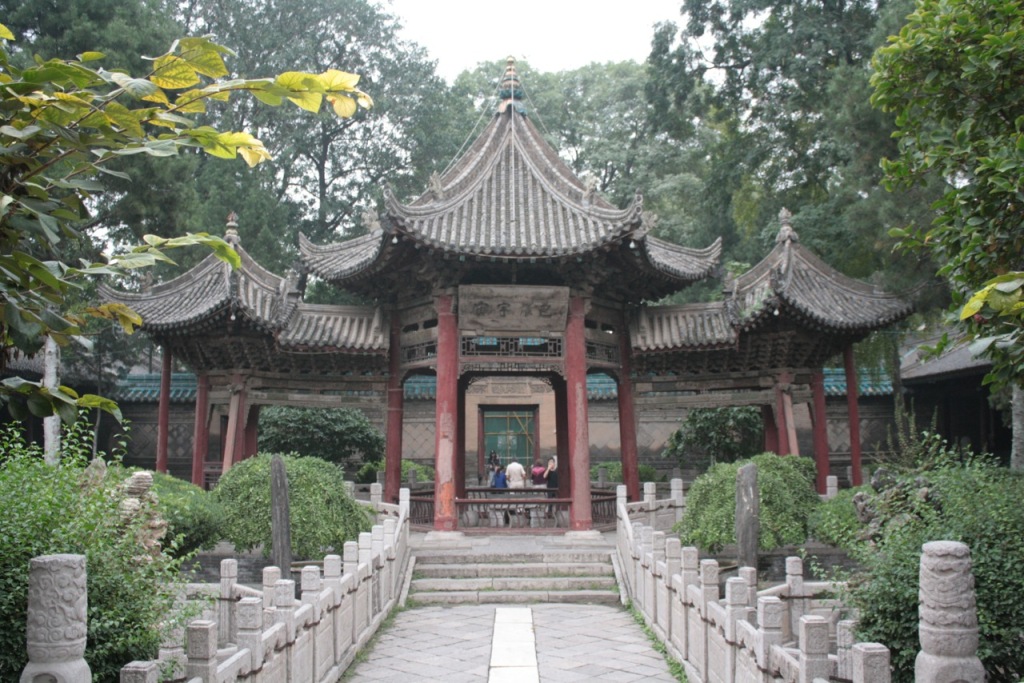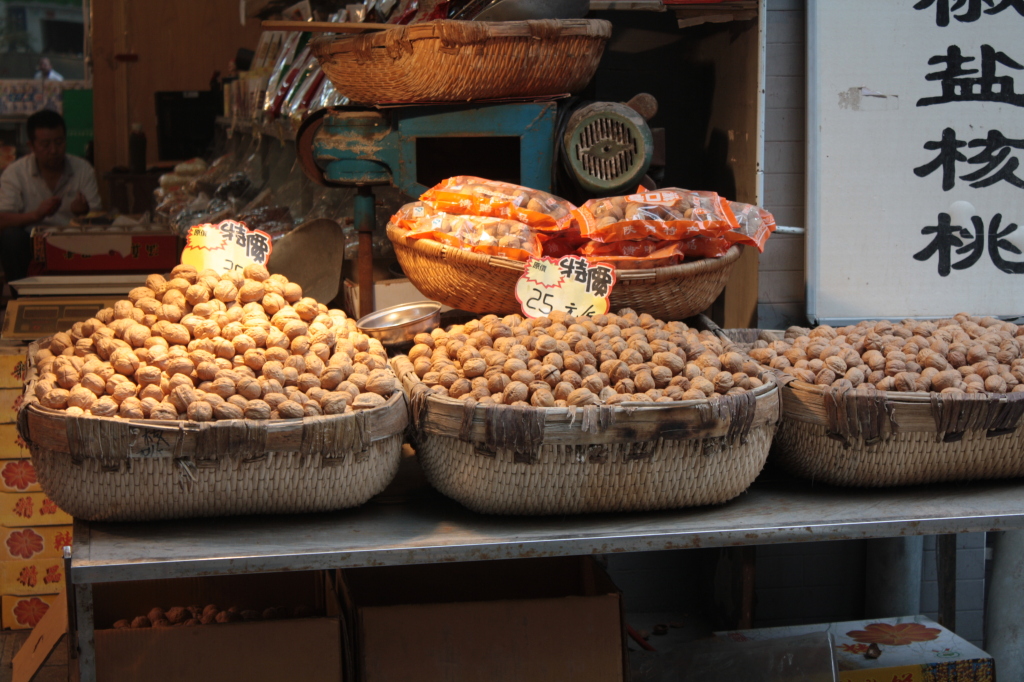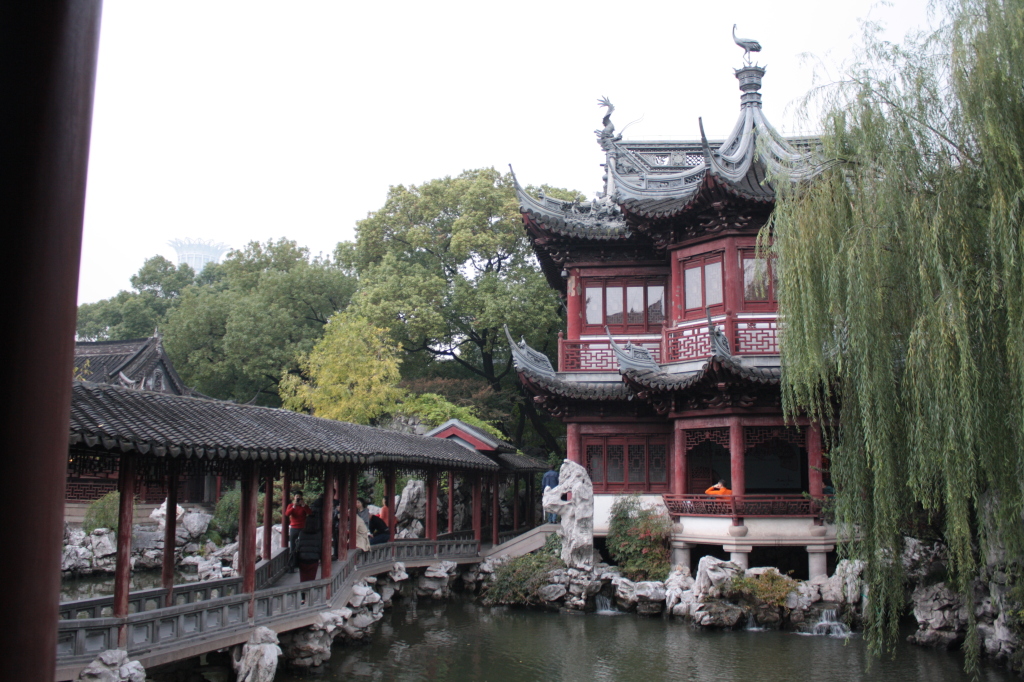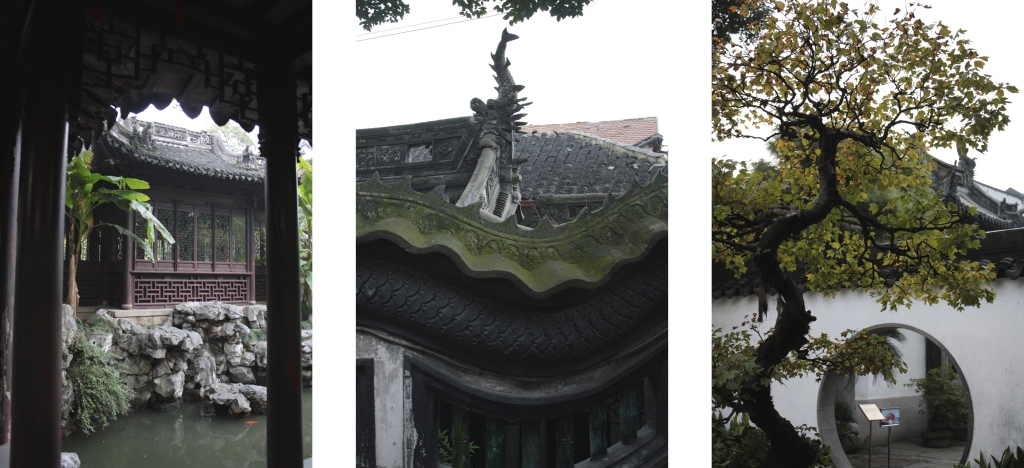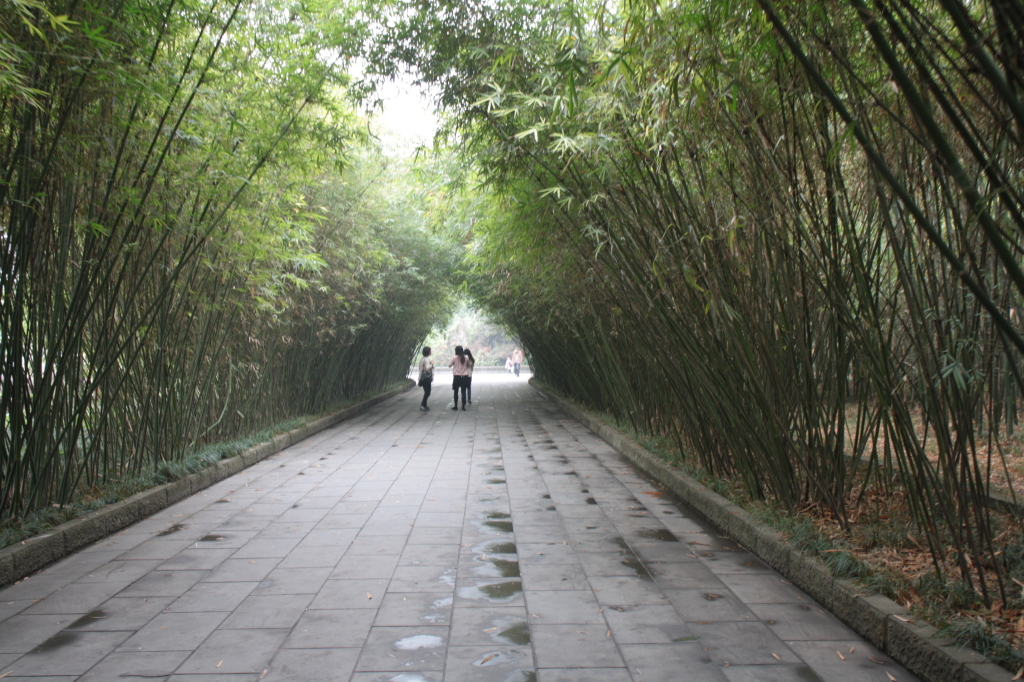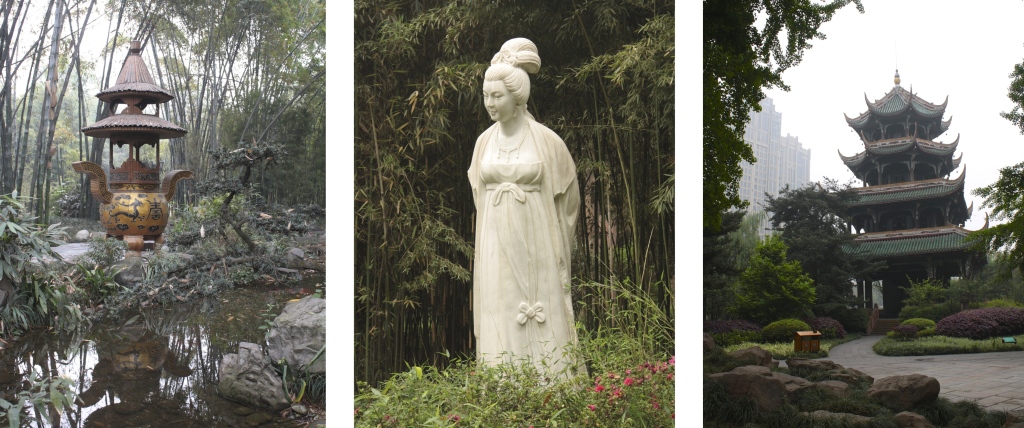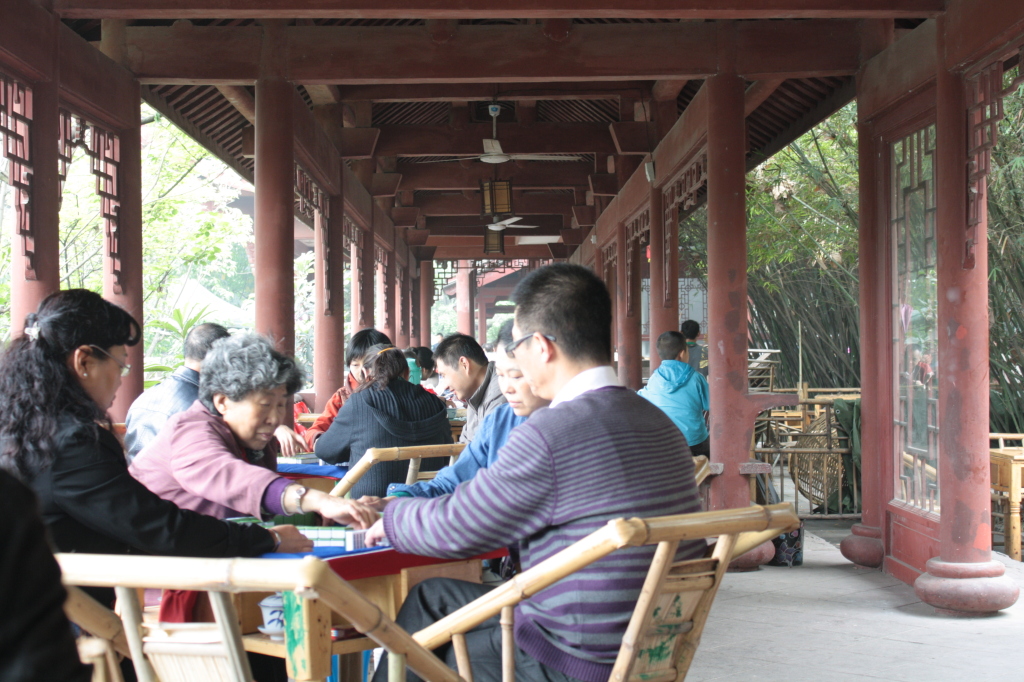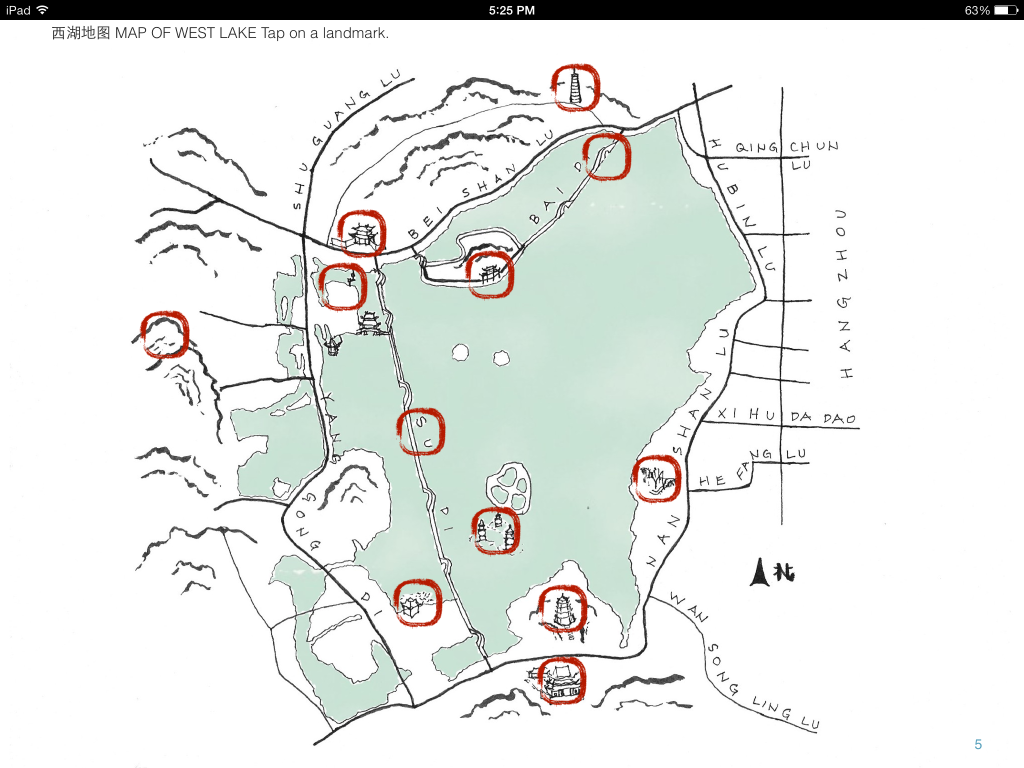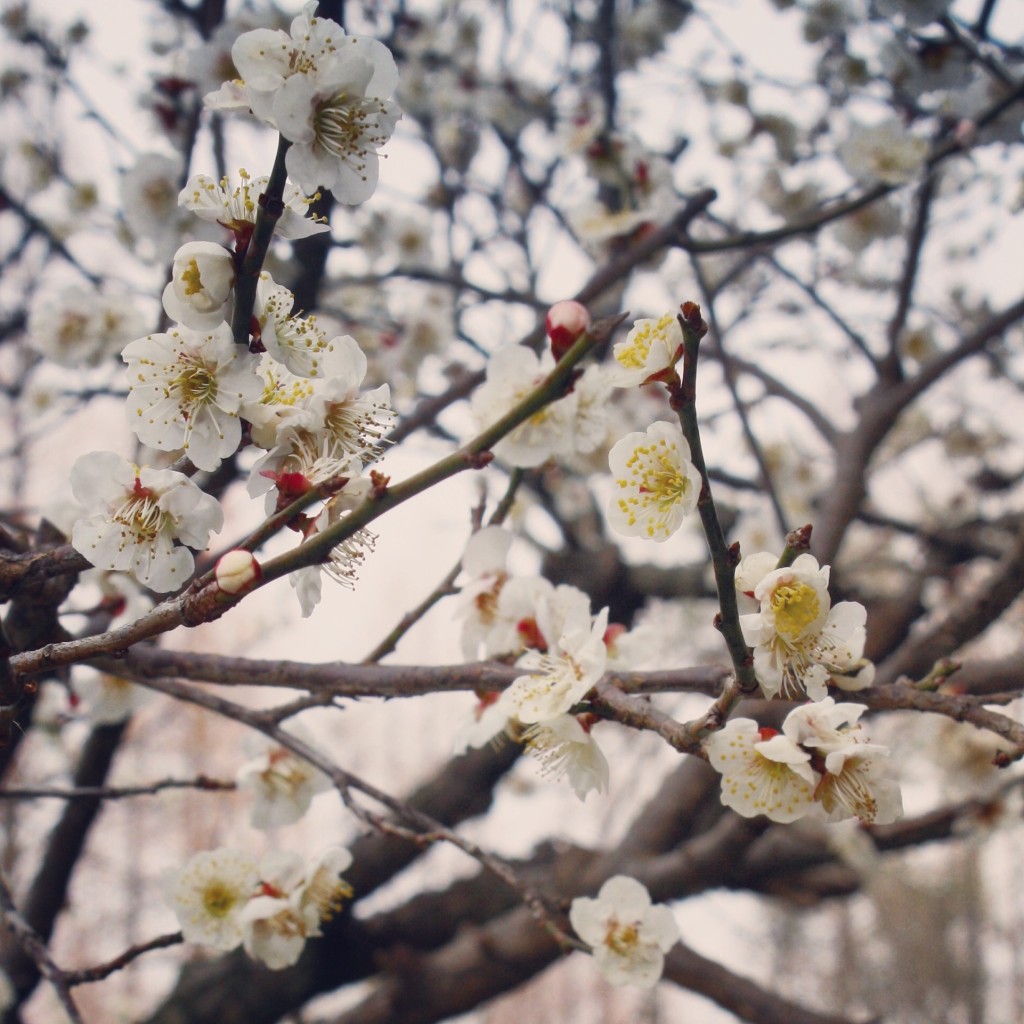
With the spring equinox (春分 chun fen) just passed, nature is waking up, and trees and flowers across China are blossoming. Qingming Festival, or Tomb Sweeping Day coming up on April 5, is typically spent enjoying spring weather and scenery, as well as tending to the graves of loved ones. Beijing enjoys one of its most beautiful seasons right now, as the parks and avenues fill with cherry, peach, and apple blossoms creating a pastel ambrosia for all the senses. If you’re traveling to Beijing in the next few months, check out these guides on where to see the season’s flowers at their peak.
Flowering blossoms play an important part in Chinese poetry, art, and literature. Many Tang dynasty poems are dedicated to the subject, and fill children’s nursery rhyme books with idyllic quatrains. A common theme in art are the Four Nobles (四君子 si junzi), which are four plants which represent the four seasons: plum blossom (梅 mei) for winter, orchid (兰 lan) for spring, bamboo (竹 zhu) for summer, and chrysanthemum (菊 ju) for autumn. Part myth, part philosophy, many ancient stories often incorporate nature’s treasures as symbols. In Journey to the West, the Monkey King is born in a land called the Mountain of Flowers and Fruit, and later steals the Peaches of Immortality from the banquet of the Immortals. In many Taoist sites you’ll find a Peach Blossom Garden (桃花源 tao hua yuan), named after an essay by Tao Yuanming about a utopia showered in peach blossom petals.
Here is a short couplet from a Qing dynasty poem by Chang Hsuen about the legendary Peach Blossom Garden. You can imagine this mystical setting when enjoying spring blossoms, whether in China or your hometown.
In this old, flower-bestrewed land,
at first no path the eye could tell.
For on the streams and on the banks the
red rain of peach flowers fell;
Yet from the purple shadowed mountains
which screened this favored land
Flowed forth the Peach-Fount river along
its bed of silver sand
from “Dwellers in the Peach Stream Valley”
Chinese Poems, public domain.
